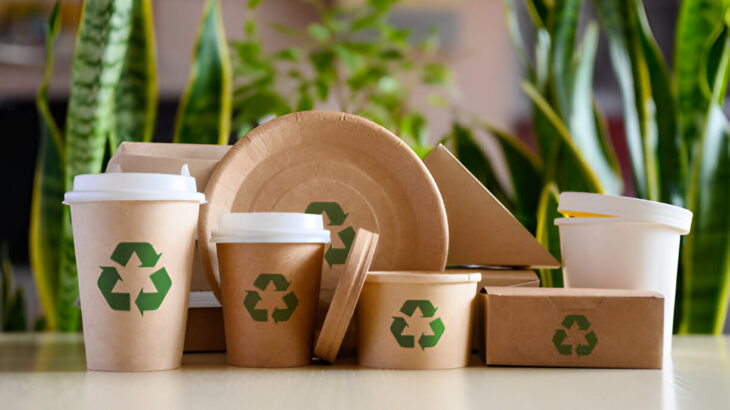Sustainability has become one of the most important trends in modern industries. Consumers are becoming more environmentally conscious, and businesses are responding by adopting practices that protect the planet. One of the areas where sustainability is making a significant impact is in labeling and packaging.
Sustainable labeling refers to the use of eco-friendly materials and processes to create labels for products. These labels not only provide important information about the product but also contribute to reducing environmental harm. As we look ahead, the future of sustainable labeling is expected to bring even more innovation and eco-conscious decisions.
Why Sustainable Labeling Matters
The production and disposal of traditional labels can have a significant environmental impact. Most labels are made from plastic, which is not biodegradable and can take hundreds of years to break down in landfills. Additionally, the production of these labels uses resources and energy, contributing to pollution and climate change.
Sustainable labeling aims to reduce the environmental impact of this process. By using materials that are recyclable, compostable, or made from renewable resources, businesses can reduce their carbon footprint and contribute to a more sustainable future.
What the Future Holds
- Biodegradable and Compostable Labels
One of the most promising trends in sustainable labeling is the rise of biodegradable and compostable materials. These labels break down naturally over time, reducing waste and preventing harmful chemicals from entering the environment. As technology improves, we may see more companies adopt these eco-friendly alternatives in their packaging. - Smart Labels and Digital Technology
As technology advances, smart labels will become more common. These labels can provide consumers with additional information, such as the origin of materials, the carbon footprint of production, and even how to dispose of the product responsibly. Smart labels could also reduce the need for physical materials, further cutting down on waste. - Recycled and Upcycled Materials
Recycling plays a crucial role in sustainability, and labels are no exception. The use of recycled paper, plastic, and even fabrics for labels is expected to increase. Upcycling, or reusing materials to create new products, could also play a significant role in the future of labeling, reducing the need for virgin materials. - Minimalistic Design
A more minimalistic design in labeling is another trend that’s gaining traction. By reducing the amount of ink and material used, companies can lessen their environmental impact. Simple, effective labels will not only be more eco-friendly but also easier for consumers to read and understand. - Eco-Friendly Inks and Adhesives
The ink and adhesives used in labels are often overlooked when considering sustainability. However, many traditional inks contain harmful chemicals that can harm the environment. The future of sustainable labeling will likely include inks made from natural sources, such as soy or water-based inks, and adhesives that are free from harmful toxins. - Consumer Education
As consumers become more aware of sustainability, the demand for eco-friendly labels will continue to grow. Businesses will need to educate their customers about the benefits of sustainable labeling and how to properly dispose of or recycle packaging. Labels with clear recycling instructions or QR codes linking to information about sustainability will help create a more informed and eco-conscious consumer base.
Challenges to Overcome
While the future of sustainable labeling looks promising, there are still challenges to overcome. The cost of producing eco-friendly labels can be higher, and not all businesses may be able to afford the switch. Additionally, there is a lack of standardization in sustainable labeling practices, which can confuse consumers and businesses alike.
However, as demand for sustainable products rises, we can expect innovation and competition to drive down costs and improve the overall accessibility of sustainable labeling options.
Conclusion
The future of sustainable labeling is bright, with new materials, technologies, and practices paving the way for a greener world. Businesses that invest in sustainable labeling now will not only benefit the environment but also connect with eco-conscious consumers. As we move towards a more sustainable future, labeling will continue to evolve, becoming an essential part of every product’s life cycle.
